-
×
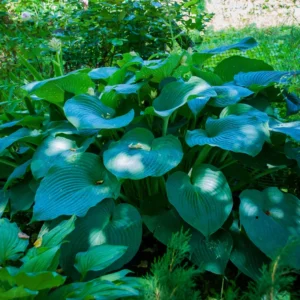 Pack 3 Perennial Blue Hosta Live Plant in Quart Pot, Shade-Loving Hosta, Green to Blue Hosta for Gardens Planting Indoor Outdoor
$79.99
Pack 3 Perennial Blue Hosta Live Plant in Quart Pot, Shade-Loving Hosta, Green to Blue Hosta for Gardens Planting Indoor Outdoor
$79.99 -
×
 Ludwigia Aquarium Plants Live, Live Aquarium Tanks Round Leaf Ludwigia Aquatic Plants, No Root, 5 to 7 Stems, Live Aquarium Plants, Freshwater Aquarium for Planting Ponds
$16.99
Ludwigia Aquarium Plants Live, Live Aquarium Tanks Round Leaf Ludwigia Aquatic Plants, No Root, 5 to 7 Stems, Live Aquarium Plants, Freshwater Aquarium for Planting Ponds
$16.99 -
×
 5-7 Red Ludwigia Repens Aquarium Plant Live Stems, Ludwigia Aquarium Plant Live, Ludwigia Aquarium Plant, Ludwigia Repens Aquarium Plant Live, Red Ludwigia Live Aquarium Plants
$15.99
5-7 Red Ludwigia Repens Aquarium Plant Live Stems, Ludwigia Aquarium Plant Live, Ludwigia Aquarium Plant, Ludwigia Repens Aquarium Plant Live, Red Ludwigia Live Aquarium Plants
$15.99 -
×
 5-7 Rotala Rotundifolia Stems, Green to Red Rotala H’Ra Stems, Rotala Rotundifolia Live Aquarium Plant, Rotala Rotundifolia Red Live Aquatic Plants for Freshwater Aquarium
$15.99
5-7 Rotala Rotundifolia Stems, Green to Red Rotala H’Ra Stems, Rotala Rotundifolia Live Aquarium Plant, Rotala Rotundifolia Red Live Aquatic Plants for Freshwater Aquarium
$15.99 -
×
 03 Cuban Oregano Plants Live, Live Variegated Cuban Oregano Plant Indoor, 3 to 6 Inc Tall, Mexican Mint Plant, Spanish Thyme Plant Live
$26.98
03 Cuban Oregano Plants Live, Live Variegated Cuban Oregano Plant Indoor, 3 to 6 Inc Tall, Mexican Mint Plant, Spanish Thyme Plant Live
$26.98 -
×
 100 Daffodil Bulbs Bulk, Daffodil Bulbs For Fall Planting, Flowering Bulbs
$134.99
100 Daffodil Bulbs Bulk, Daffodil Bulbs For Fall Planting, Flowering Bulbs
$134.99 -
×
 Japanese Dwarf Pennywort Aquarium Plants Live, 1 Bundle Aquatic Plants, No Root, 5 to 7 Stems, Live Aquarium Plants, Freshwater Aquarium for Planting
$14.99
Japanese Dwarf Pennywort Aquarium Plants Live, 1 Bundle Aquatic Plants, No Root, 5 to 7 Stems, Live Aquarium Plants, Freshwater Aquarium for Planting
$14.99 -
×
 Longan Seeds For Planting Indoor, 40 Seeds, Sweet Fruit Seeds, 40 Seeds
$29.99
Longan Seeds For Planting Indoor, 40 Seeds, Sweet Fruit Seeds, 40 Seeds
$29.99
Set of 2 Rose of Sharon Plants Live, 6-12 Inches Tall, Hibiscus Syriacus, Althea Shrub for Outdoor Gardens
$17.99
Enhance your garden with this Set of 2 Rose of Sharon Plants. These live Hibiscus Syriacus shrubs grow 6-12 inches tall, ideal for zones 5-9. Enjoy beautiful blooms!
Categories: Flower plants, Shrubs
Tags: Althea Shrub, flowering shrubs, Hibiscus Syriacus, outdoor shrubs, Rose of Sharon plants
Estimated arrival
Dec 19
Dec 24 - Dec 26
Dec 29 - Jan 02
Shipping and return policies: Our 30-Day Plant Health Guarantee covers issues with your plants within the first 30 days. Get in touch with us via email, and our team will review your concerns and, if necessary, provide you with a one-time replacement at no cost.
Add Beauty to Your Garden with Rose of Sharon Plants
The Set of 2 Rose of Sharon Plants Live (Hibiscus Syriacus) is an excellent choice for bringing vibrant color and lush greenery to your outdoor garden. These live flowering shrubs arrive at 6-12 inches tall and will mature to a height of 8-12 feet, with some varieties reaching up to 15 feet. Hardy in USDA zones 5-9, these plants thrive in diverse climates, making them an ideal addition to a variety of garden settings. Enhance your landscape with these beautiful Rose of Sharon plants.
Rose of Sharon can be cultivated as a large shrub or pruned into a small ornamental tree, offering versatility for your landscaping designs. These plants bloom from late summer into fall, displaying a stunning array of colors including shades of pink, purple, white, and red. The Hibiscus Syriacus provides a long blooming period, adding extended seasonal interest to your garden.
With minimal maintenance, Hibiscus Syriacus thrives in full sun to partial shade and prefers well-drained soil for optimal growth. These Althea shrubs are relatively drought-tolerant once established, making them a practical choice for busy gardeners. Their adaptability and resilience make them a valuable addition to any landscape.
Whether you’re looking to create a garden border, add height and structure to your landscaping, or cultivate a colorful focal point, these Althea shrubs will bring long-lasting beauty to your outdoor spaces. The vibrant blooms and lush foliage create a stunning visual impact, transforming your garden into a vibrant oasis. These flowering shrubs are a perfect addition to any garden.
Benefits:
- Versatile Shrubs: Ideal for garden borders, hedges, or as an ornamental feature, adding vibrant colors and structure to outdoor spaces.
- Seasonal Blooms: Provides beautiful flowers in shades of pink, white, purple, or red from late summer into fall, enhancing your garden’s appeal.
- Low Maintenance: Once established, these hardy shrubs require minimal watering and thrive in various climates within USDA zones 5-9.
- Decorative Flexibility: Can be pruned into a tree form or left to grow naturally as a large shrub, depending on your landscape design needs.
- Year-Round Interest: In addition to its blooms, Rose of Sharon offers lush, green foliage, adding color and texture throughout the seasons.
Frequently Asked Questions About Rose of Sharon
What are the best growing conditions for Rose of Sharon?
Rose of Sharon thrives in full sun to partial shade and prefers well-drained soil. It’s ideal for USDA zones 5-9.
How tall do Rose of Sharon shrubs grow?
These plants typically grow between 8-12 feet tall, with some varieties reaching up to 15 feet, making them ideal for larger garden spaces.
When does Rose of Sharon bloom?
Rose of Sharon blooms from late summer into fall, showcasing a range of colorful flowers in shades of pink, purple, white, and red.
Can I shape Rose of Sharon into a tree?
Yes, Rose of Sharon can be pruned into a small ornamental tree or left to grow naturally as a large shrub, depending on your landscape preferences.
Is Rose of Sharon easy to maintain?
Yes, once established, Rose of Sharon requires minimal care and is drought-tolerant, making it a low-maintenance plant for most gardeners.
How quickly do Rose of Sharon plants grow?
Rose of Sharon has a moderate growth rate, typically adding about one to two feet per year under optimal conditions.
What type of soil is best for my Rose of Sharon?
Well-drained soil is essential, but Rose of Sharon can tolerate a variety of soil types, including sandy and loamy soils.
How much sun does my Rose of Sharon need to thrive?
Rose of Sharon thrives in full sun (6+ hours of direct sunlight daily) but can also tolerate partial shade (4-6 hours of direct sunlight).
What are the common problems with Rose of Sharon plants?
Common problems include Japanese beetles, aphids, and occasional leaf spot. Proper watering and regular inspection can help prevent these issues.
How often should I water my Rose of Sharon?
Water regularly during the first growing season to establish a strong root system. Once established, water deeply but infrequently, allowing the soil to dry out slightly between waterings.
| Variety | Mix Rose Of Sharon, Purple Rose Of Sharon, White Rose Of Sharon |
|---|
Only logged in customers who have purchased this product may leave a review.
Product Details
-
USDA Hardiness Zone
Zones 5-9 -
Soil Type
Prefers well-drained soil -
Sunlight Exposure
Full sun to partial shade -
Expected Planting Period
Best planted in spring or early summer
Related products
USDA Zones 6-10
Sold 51 products
From $34.99+
This product has multiple variants. The options may be chosen on the product page
USDA Zones 5-9
Sold 94 products
From $34.99+
This product has multiple variants. The options may be chosen on the product page
USDA 3-9
Sold 82 products
$29.99USDA 5-9
Sold 94 products
$34.99+
This product has multiple variants. The options may be chosen on the product page
USDA 3-9
Sold 77 products
$36.99USDA 3-9
Sold 83 products
$29.99Up to - 12%
USDA 3-8
Sold 98 products

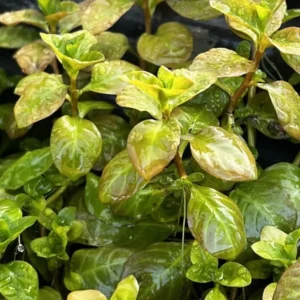 Ludwigia Aquarium Plants Live, Live Aquarium Tanks Round Leaf Ludwigia Aquatic Plants, No Root, 5 to 7 Stems, Live Aquarium Plants, Freshwater Aquarium for Planting Ponds
Ludwigia Aquarium Plants Live, Live Aquarium Tanks Round Leaf Ludwigia Aquatic Plants, No Root, 5 to 7 Stems, Live Aquarium Plants, Freshwater Aquarium for Planting Ponds 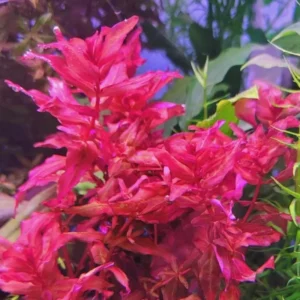 5-7 Red Ludwigia Repens Aquarium Plant Live Stems, Ludwigia Aquarium Plant Live, Ludwigia Aquarium Plant, Ludwigia Repens Aquarium Plant Live, Red Ludwigia Live Aquarium Plants
5-7 Red Ludwigia Repens Aquarium Plant Live Stems, Ludwigia Aquarium Plant Live, Ludwigia Aquarium Plant, Ludwigia Repens Aquarium Plant Live, Red Ludwigia Live Aquarium Plants 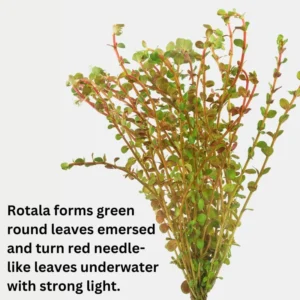 5-7 Rotala Rotundifolia Stems, Green to Red Rotala H’Ra Stems, Rotala Rotundifolia Live Aquarium Plant, Rotala Rotundifolia Red Live Aquatic Plants for Freshwater Aquarium
5-7 Rotala Rotundifolia Stems, Green to Red Rotala H’Ra Stems, Rotala Rotundifolia Live Aquarium Plant, Rotala Rotundifolia Red Live Aquatic Plants for Freshwater Aquarium 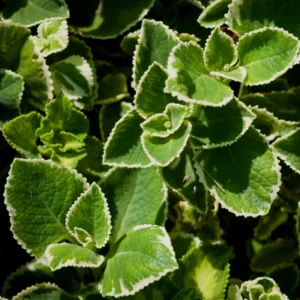 03 Cuban Oregano Plants Live, Live Variegated Cuban Oregano Plant Indoor, 3 to 6 Inc Tall, Mexican Mint Plant, Spanish Thyme Plant Live
03 Cuban Oregano Plants Live, Live Variegated Cuban Oregano Plant Indoor, 3 to 6 Inc Tall, Mexican Mint Plant, Spanish Thyme Plant Live 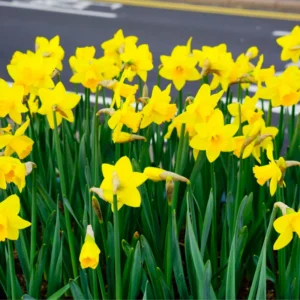 100 Daffodil Bulbs Bulk, Daffodil Bulbs For Fall Planting, Flowering Bulbs
100 Daffodil Bulbs Bulk, Daffodil Bulbs For Fall Planting, Flowering Bulbs 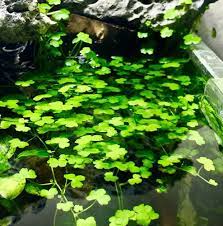 Japanese Dwarf Pennywort Aquarium Plants Live, 1 Bundle Aquatic Plants, No Root, 5 to 7 Stems, Live Aquarium Plants, Freshwater Aquarium for Planting
Japanese Dwarf Pennywort Aquarium Plants Live, 1 Bundle Aquatic Plants, No Root, 5 to 7 Stems, Live Aquarium Plants, Freshwater Aquarium for Planting 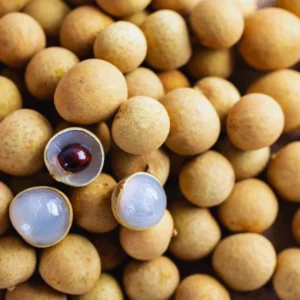 Longan Seeds For Planting Indoor, 40 Seeds, Sweet Fruit Seeds, 40 Seeds
Longan Seeds For Planting Indoor, 40 Seeds, Sweet Fruit Seeds, 40 Seeds 
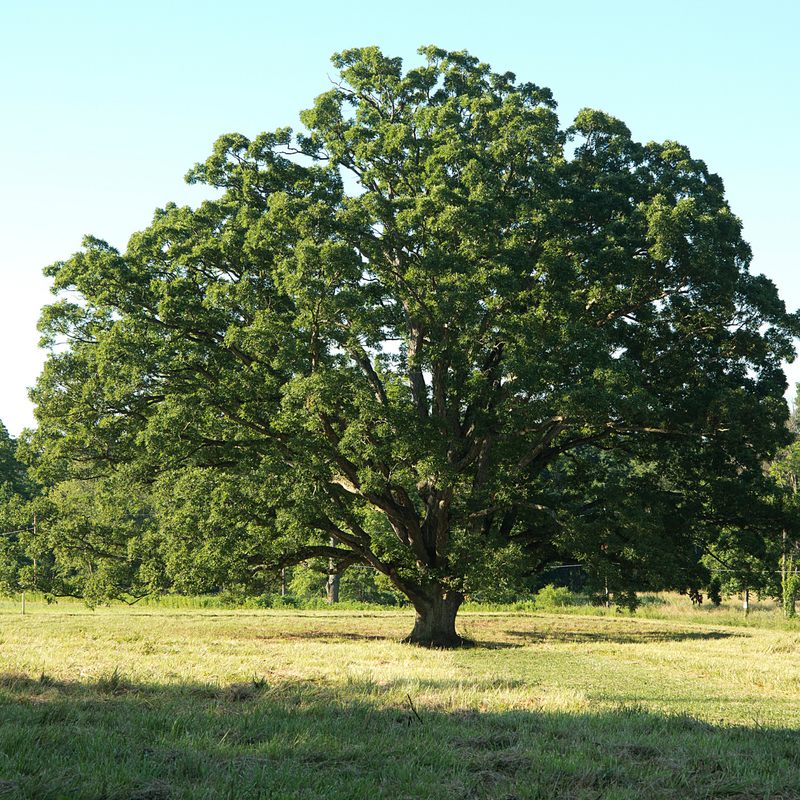

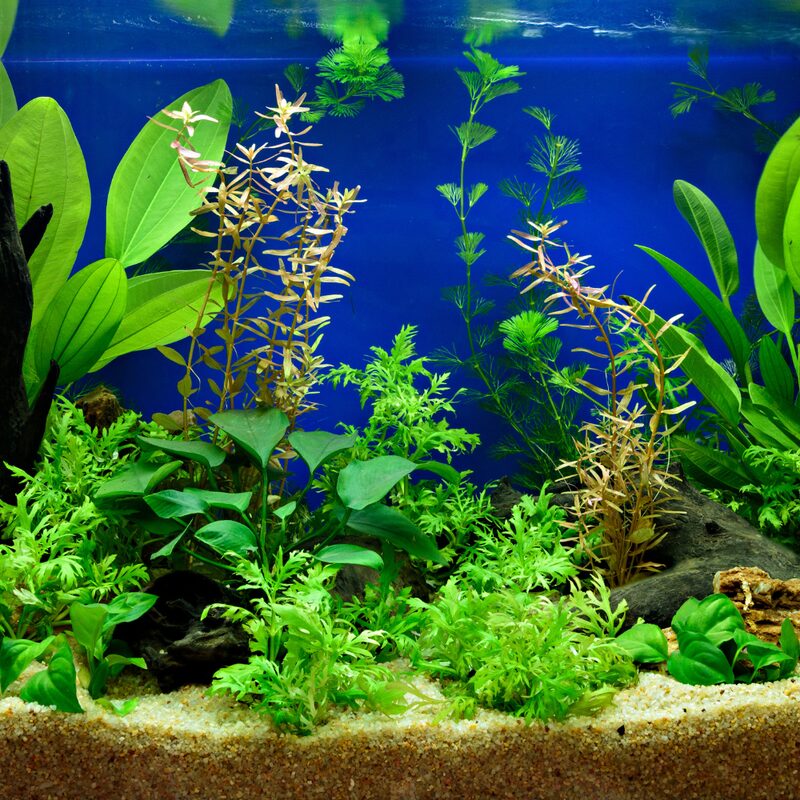



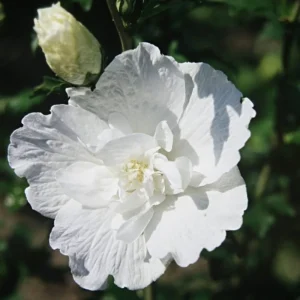




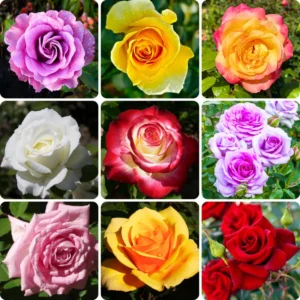
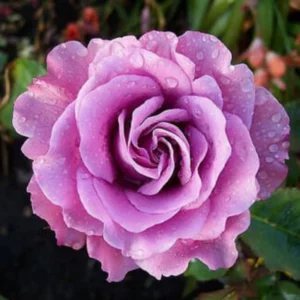
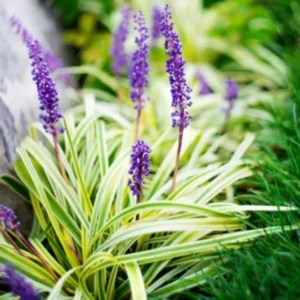
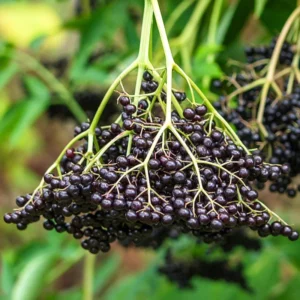

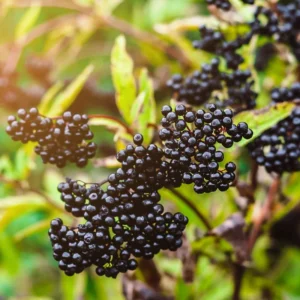
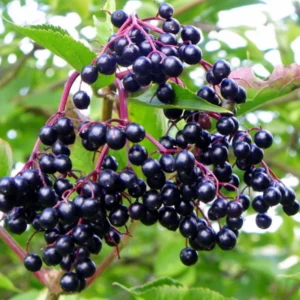
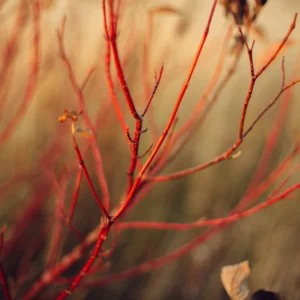
Reviews
There are no reviews yet.